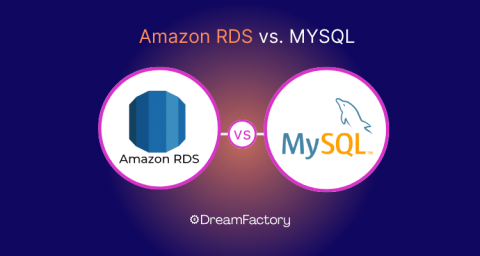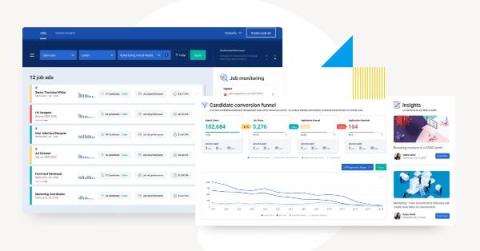Systems | Development | Analytics | API | Testing
%term
Amazon RDS vs. MySQL | How to Choose What is Best For You
Choosing the Right Host for SFTP: Factors to Consider
Top Six Android Testing Tools and Frameworks
Financial transaction analytics 101: Efficiently identifying impact
The foundations of financial transaction analytics and how database pipelines play a part in trend analysis.
Yellowfin Cool Features Part 1: Making Reports Pop
Using Action Policy for a Ruby on Rails App: The Basics
To keep your app secure, you need to control who and what can access it. Access control can be categorized into authentication — "who" to allow — and authorization — "what" they can access. Authentication is a subject for another day, but when it comes to user authorization, you generally have two ways to go about it: using a role-based or resource-based strategy. In this two-part series, we'll take a deep dive into using the Action Policy gem for a Ruby on Rails blog application.
Deploy and Test AWS Step Functions with Node.js
Complex functionality can take a while to load. Users, in general, don't like to wait, so solutions must evolve. If you are already familiar with async/await in JavaScript, think of await as the place where blocking logically occurs. This forces the algorithm to wait, and technically, it's still synchronous code. Step functions allow long-running processes to run in the background asynchronously, so the logic does not get blocked and force people to wait.
Don't Blink: You'll Miss Something Amazing!
Fast moving data and real time analysis present us with some amazing opportunities. Don’t blink—or you’ll miss it! Every organization has some data that happens in real time, whether it is understanding what our users are doing on our websites or watching our systems and equipment as they perform mission critical tasks for us. This real-time data, when captured and analyzed in a timely manner, may deliver tremendous business value.











